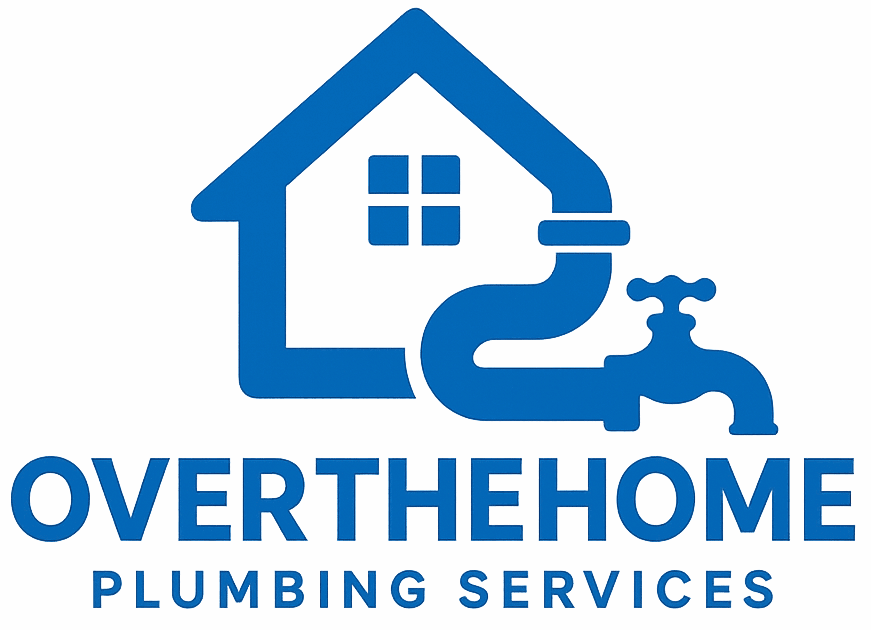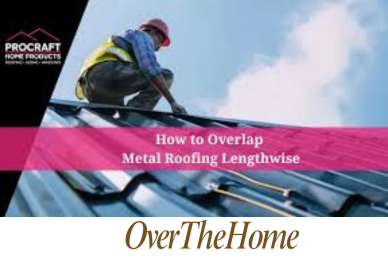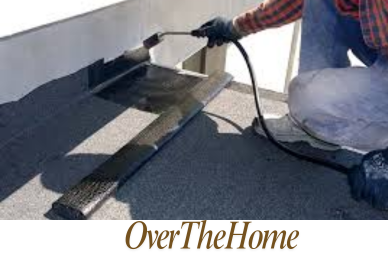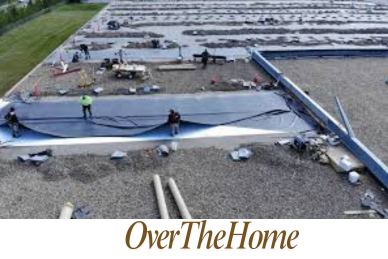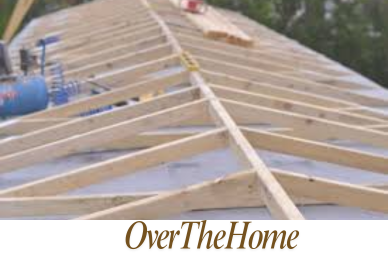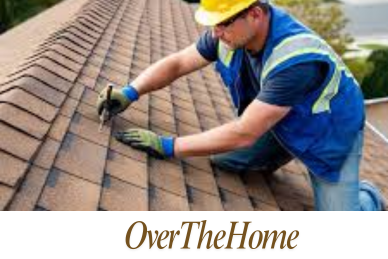Metal Building Leaking Around Bottom
Are you tired of dealing with water leaking into your metal building from the bottom? It’s a real hassle, isn’t it? Don’t worry, we’ve got you covered! In this easy-to-follow guide, I’ll discuss the common reasons behind these annoying leaks and provide simple solutions to stop water from getting in.
Whether it’s an issue with the base seal, poor drainage, or faulty door openings, I’ll break it down. So sit back, relax, and let’s get your metal building dry and leak-free once again.
Potential Reasons for Metal Building Leaking Around Bottom
There are several potential reasons that can contribute to leaks around the bottom of a metal building, including issues with the base rail seal, lack of proper slope, and improperly installed or missing thresholds.
Issue with Base Rail Seal
The base rail seal is a crucial component in preventing water from seeping between the metal wall panels and the concrete foundation. Over time, this seal can deteriorate, become damaged, or get installed incorrectly, allowing water to penetrate the building’s interior. A compromised base rail seal is one of the primary culprits behind leaks around the bottom of metal buildings.
Lack of Slope
Proper grading and slope around the building’s perimeter play a vital role in ensuring water drainage away from the structure. If the ground is level or slopes towards the building, water can accumulate and eventually find its way inside through gaps, cracks, or other entry points. Lack of adequate slope is another common reason for leaks at the bottom of metal buildings.
Improperly Installed or Missing Thresholds
Metal buildings often have doors, windows, and other openings that require proper thresholds to prevent water intrusion. If these thresholds are installed incorrectly, damaged, or missing altogether, they can create a direct pathway for water to leak into the building, especially during heavy rain or snow events.
How to Stop the Bottom Portion of Your Metal Building from Leaking
Addressing leaks at the bottom of your metal building requires a combination of proper maintenance, repairs, and improvements to ensure water stays out and your structure remains dry.
Repair the Base Rail Seal
If the base rail seal is the culprit behind your leaks, addressing this issue should be a top priority. Depending on the extent of the damage, you may need to either repair or replace the seal.
For minor cracks or gaps in the seal, you can attempt to repair it using a compatible sealant or caulk. First, clean the area around the damaged seal thoroughly, removing any dirt, debris, or loose material. Then, apply a high-quality sealant or caulk specifically designed for metal buildings, following the manufacturer’s instructions for proper application and curing times.
However, if the base rail seal is severely deteriorated, cracked, or missing in large sections, it may be more effective to replace the entire seal. This process typically involves removing the old seal, cleaning and preparing the surfaces, and then installing a new base rail seal according to the manufacturer’s guidelines.
It’s essential to use a seal material that is compatible with the metal wall panels and concrete foundation, as well as resistant to the environmental conditions in your area. Proper surface preparation and installation techniques are crucial to ensure a long-lasting and effective seal.
Improve Drainage
If the lack of proper drainage is contributing to your leaks, addressing this issue can help alleviate the problem. One solution is to regrade the area around the building’s perimeter to create a gentle slope away from the structure.
Start by assessing the existing slope and identifying any low spots or areas where water tends to accumulate. Then, use a combination of soil excavation and fill material to create a slope of at least 1 inch per foot for at least 6 feet away from the building in all directions.
It’s essential to compact the soil properly to prevent settling and ensure the slope remains stable over time. You may also want to consider installing drainage systems, such as French drains or catch basins, to further facilitate water runoff and prevent pooling.
This involves digging a trench around the building perimeter, filling it with gravel, and wrapping it in a filter fabric. The gravel allows water to collect and drain away from the foundation, while the fabric prevents soil from clogging the system.
Additionally, ensure that any existing drainage systems, such as gutters and downspouts, are functioning correctly and directing water away from the building’s perimeter.
Install Door Thresholds Properly
If the leaks are occurring around door openings or other entryways, addressing the thresholds can help mitigate the issue. Start by inspecting the existing thresholds for any signs of damage, improper installation, or missing components.
If the threshold is damaged or missing, replace it with a new, high-quality threshold designed specifically for metal buildings. Ensure that the new threshold is properly sized and positioned to create an effective barrier against water intrusion.
When installing the threshold, follow the manufacturer’s instructions carefully. This typically involves preparing the surfaces, applying a compatible sealant or caulk, and securely fastening the threshold in place. Pay special attention to sealing any gaps or joints around the edges of the threshold to prevent water from seeping through.
For added protection, consider installing weather stripping or door sweeps around the perimeter of the door opening. These additional sealing components can help create a tighter barrier against wind-driven rain and prevent water from entering through any remaining gaps.
Wrapping Up
Dealing with leaks around the bottom of your metal building can be a challenging task, but with the right knowledge and approach, you can tackle the problem head-on. By understanding the potential causes, such as a compromised base rail seal, inadequate drainage, or improperly installed thresholds, you can take targeted actions to address the issue effectively.
Remember, regular maintenance and timely repairs are crucial to preserving the structural integrity and longevity of your metal building. Don’t hesitate to seek professional assistance if you’re unsure about any aspect of the repair or installation process.
